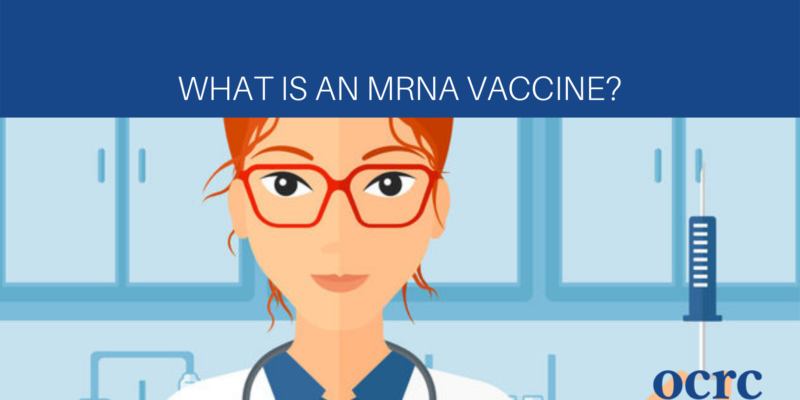
It’s been nearly a year since the world as we knew it came to a halt due to the COVID-19 pandemic. While many of us have been social distancing, getting creative with lockdown hobbies, sporting infamous quarantine haircuts, and learning how to navigate our new normal, scientists have been diligently developing a vaccine to protect against the highly contagious virus.
At the moment, two vaccines are authorized to prevent COVID-19: Pfizer-BioNTech, and Moderna mRNA vaccines. These first became available in late 2020 after an accelerated development process to vaccinate the majority of the population throughout 2021.
Sometimes, our bodies can naturally develop immunity after contracting certain viruses—such as chickenpox. Other viruses, such as the flu, contain multiple, evolving strains which our bodies’ immune systems simply can’t keep up with. This is where vaccines come in handy.
With vaccines, our bodies can develop immunity without actually having to contract the disease. Traditionally, vaccines consist of weakened samples of the disease-causing germ. The vaccination stimulates the immune system to recognize and fight off the virus.
However, mRNA vaccines are a bit different. Instead of putting a weakened, inactivated sample of the germ into our bodies, mRNA (messenger RNA) vaccines “teach” our cells to produce a protein that triggers the necessary immune response. Pfizer and Moderna’s COVID-19 vaccines help to produce the “spike protein,” which is the protein on coronavirus’s surface..
mRNA vaccines aren’t necessarily new. Prior to the current pandemic, mRNA vaccines were being studied for Ebola, Zika, and influenza viruses; there is also potential for mRNA vaccines to produce essential proteins for cystic fibrosis and some cancers.
That said, the rollout of the Pfizer-BioNTech and Moderna COVID-19 vaccines is the first time that an mRNA vaccine has been FDA-approved for use in any disease… and an emergency use authorization, at that.
As with any vaccine and medical treatment in the United States, mRNA vaccines go through rigorous clinical trial testing before becoming FDA-approved. They are held to the same safety and effectiveness standards as any other vaccine and would otherwise not be authorized for use.
The COVID-19 vaccine is administered in the upper arm muscle in two separate doses. Patients receive Pfizer-BioNTech doses three weeks apart, while Moderna doses are one month apart. Researchers are currently investigating whether we can switch from two doses to one.
One of the most complicated aspects of the vaccine rollout has been the sub-zero storage requirement to prevent spoiling. However, Pfizer has recently discovered that the vaccine can be stored between -13 and 5 degrees Fahrenheit, instead of the previously-thought -94 degrees. This allows for greater flexibility and accessibility when it comes to transporting, storing, and distributing the vaccine.
The Centers for Disease Control and Prevention (CDC) expects the vaccine to be distributed in prioritized phases, starting with healthcare workers and long-term care facility residents. Essential workers will be next, followed by adults with compromised health, and adults over 65 years of age.
As time goes on, the vaccine will become more widely available. The CDC estimates that the vaccine will be available to the general public in late spring or summer of 2021. Stay updated on everything you need to know about the COVID-19 vaccine at CDC’s website. In the meantime, be sure to follow the proper protocols to stay safe and healthy.
